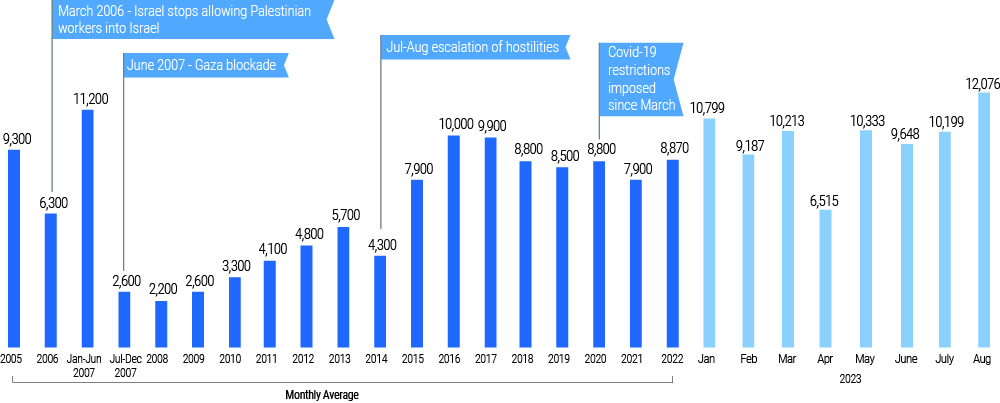Los puentes colgantes by Federico García Lorca
Oh qué gran muchedumbre,
invisible y renovada,
la que viene a este jardín
a descabsar para siempre!
Cada paso en la Tierra
nos lleva a un mundo nuevo.
Cada pie lo apoyamos
sobre un puente colgante.
Comprendo que no existe
el camino derecho –
Sólo un gran laberinto
de encrucijadas múltiples.
Constantemente crean
nuestros pies al andar
inmensos abanicos
de senderos en germen.
Oh jardín de las blancas
teorías! Oh jardín
de lo que no soy pero
pude y debi haber sido!
Floating Bridges
Oh what a crush of people
invisible reborn
make their way to into this garden
for their eternal rest!
Every step we take on earth
brings us to a new world.
Every foot supported
on a floating bridge.
I know there is no straight road
no straight road in this world.
Only a giant labyrinth
of intersecting crossroads.
And steadily our feet
keep walking and creating
like enormous fans
these roads in embryo.
Oh garden of white
theories! Oh garden
of all I am not, all I
could & should have been!

The poem is by Federico García Lorca the great Spanish — Andalusian — poet. The photo is of a “floating bridge” over the Almanchares River between Sedella and Canillas de Aceituno, along the ancient spring-fed waterways so crucial to this region. Surely I am not the only Supply Chain or related person who perceives our daily context in these verses. This is where we step. This is why we go. This is how we flow along these intersecting crossroads, giving what we can, making our way in this world, and even unto the next.
כִּי-הִנְנִי מֵבִיא אֶת-עַבְדִּי, צֶמַח.














